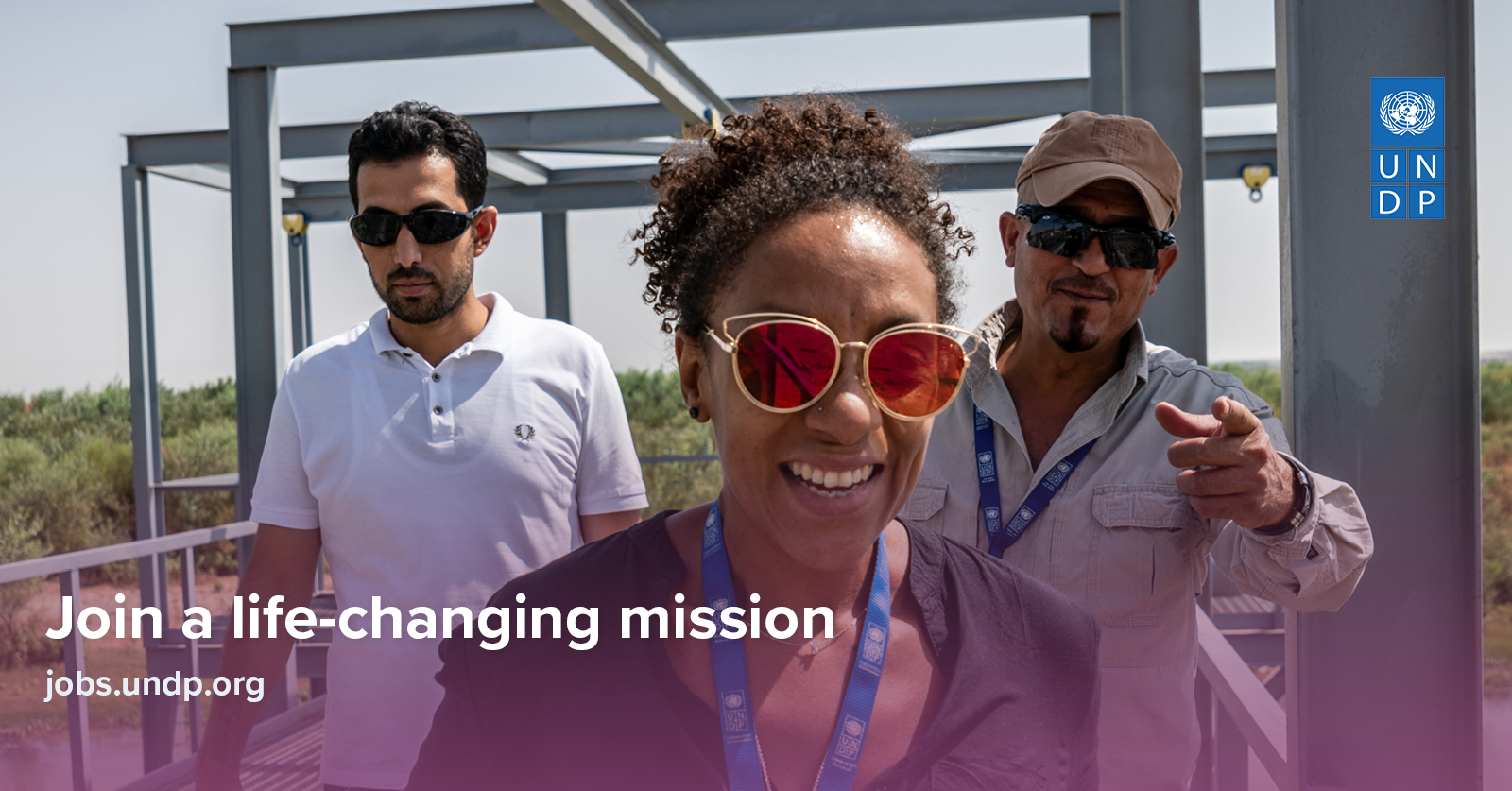
Lao PDR has witnessed impressive economic growth. The economy registered 7 percent GDP growth rates for the period 2009-2019. Poverty rates have declined from 33.5 percent in 2002-2003 to 18.6 percent in 2018-2019. The country is expected to graduate from Least Developed Country status by 2026.
In the past decade, the country’s growth vision centred on becoming the “the battery of ASEAN” and becoming “Land-linked”. The impressive growth rates have been achieved with rapid expansion of hydropower and mining sectors although this growth path posed some long-term risks. Investments were heavily focused on developing hydropower and connectivity related infrastructure, the financing of which included external loans. These projects produced mismatches between the short-term maturity of debt obligations and the longer-term mobilisation of state revenue. The economy has not undergone structural transformation. The share of agriculture in GDP declined from 17 in 2016 to 15 percent in 2020; industry increased from 29 to 32 percent and services remained at around 42 percent over the same period. Agriculture remains the largest employer with 61 percent of the total workforce (down from 74 percent in 2008), services account for 26 percent of employment, up from 19 percent in 2008, with industry accounting for the remaining 13 percent. Hydropower and mining which accounts for 20 percent of GDP, contribute to only 1 percent of employment. To attract foreign direct investment to prioritized non-resource sectors, including agriculture, manufacturing, handicrafts and services, the Government has introduced a range of policies, including special economic zones providing infrastructure, commercial facilities and generous tax incentives to specific industries (World Bank, 2022). Efforts to mobilise foreign direct investment (FDI) to expand manufacturing and processing industries are constrained by challenges related to labour productivity, access to raw materials and unfavourable business environment. The Government is further promoting green growth and digital economy. The National Green Growth Strategy 2030 aims to promote sustainable economic growth, towards improving the living standards of people in urban and rural areas, and creating jobs and income-generating activities. The Digital Economy Strategy promotes the digitalization of the manufacturing sector through the development of smart factories, digital parks, and digital economic zones that can attract foreign investments to build manufacturing facilities for parts related to digital equipment and systems. The opening of the Lao-China railway in 2021 has potential for strengthening Lao PDR’s access to export markets in the region. The government of Lao PDR already has ambitions to develop various sectors through trade and improved logistics and transportation. However, it will have to overcome systemic challenges in a range of sectors from agriculture, manufacturing, tourism and the barriers blocking the growth of new industries that harness the green and digital/technology-based value chains.
Against this background, the Development Research Institute of the Ministry of Planning of Investment aims to produce knowledge that would stimulate dialogue on economic diversification in Lao PDR. This is in line with the first outcome of the 9th NSEDP, ‘continuous quality, stable and sustainable economic growth’, and ambitions further reiterated in the national agenda to address financial and economic difficulties, which will expire in 2023. Advocating for sustainable and inclusive growth, UNDP stands ready to support the Development Research Institute, Ministry of Planning and Investment through its project ‘Initiation Plan for Effective Planning and Financing for Sustainable and Inclusive Development’ implemented in close collaboration with Ministry of Planning and Investment with support from USAID
OBJECTIVE:
The consultant is expected to work closely with the Development Research Institute of the Ministry of Planning of Investment, the head of Poverty Reduction Unit, UNDP Lao PDR with close guidance from the country economist and team to produce a high-quality background paper, with a focus on development of potential sectors that could gain from the improved connectivity infrastructure. The recommendations in the paper should be practical and should build on the existing development policies the government is currently implementing, especially the 9th NSEDP, the national agenda to address financial and economic difficulties, the Green Growth Strategy and the Digital Economy Strategy.





